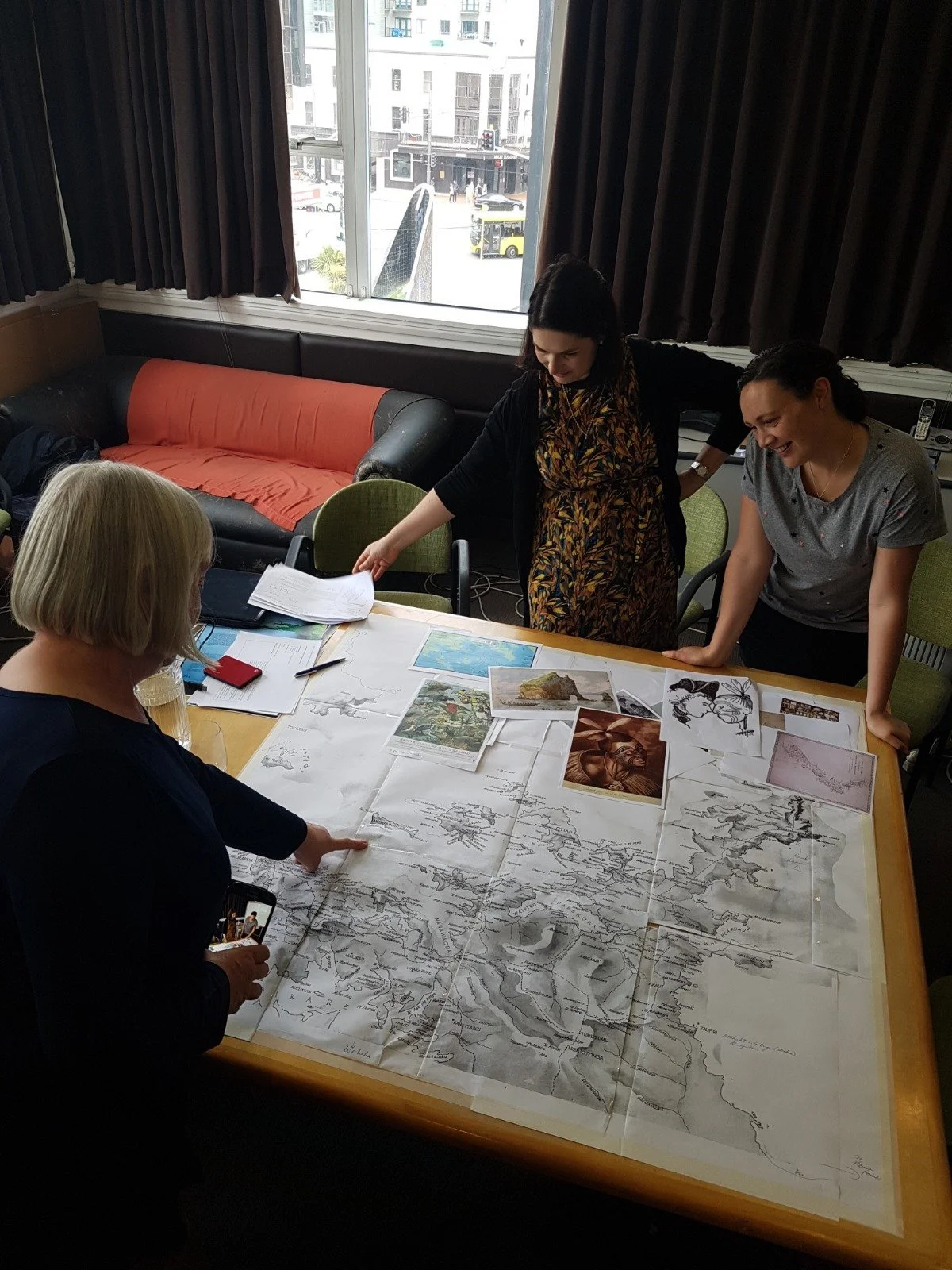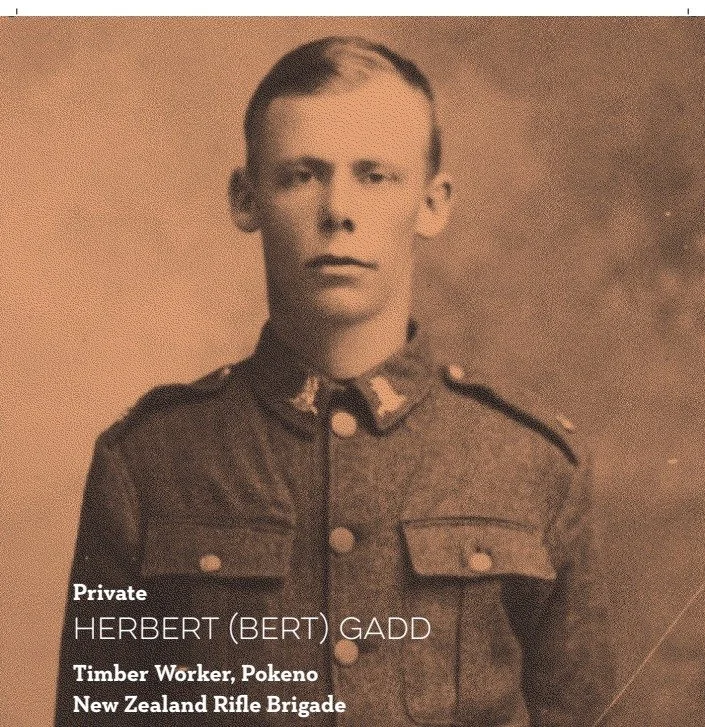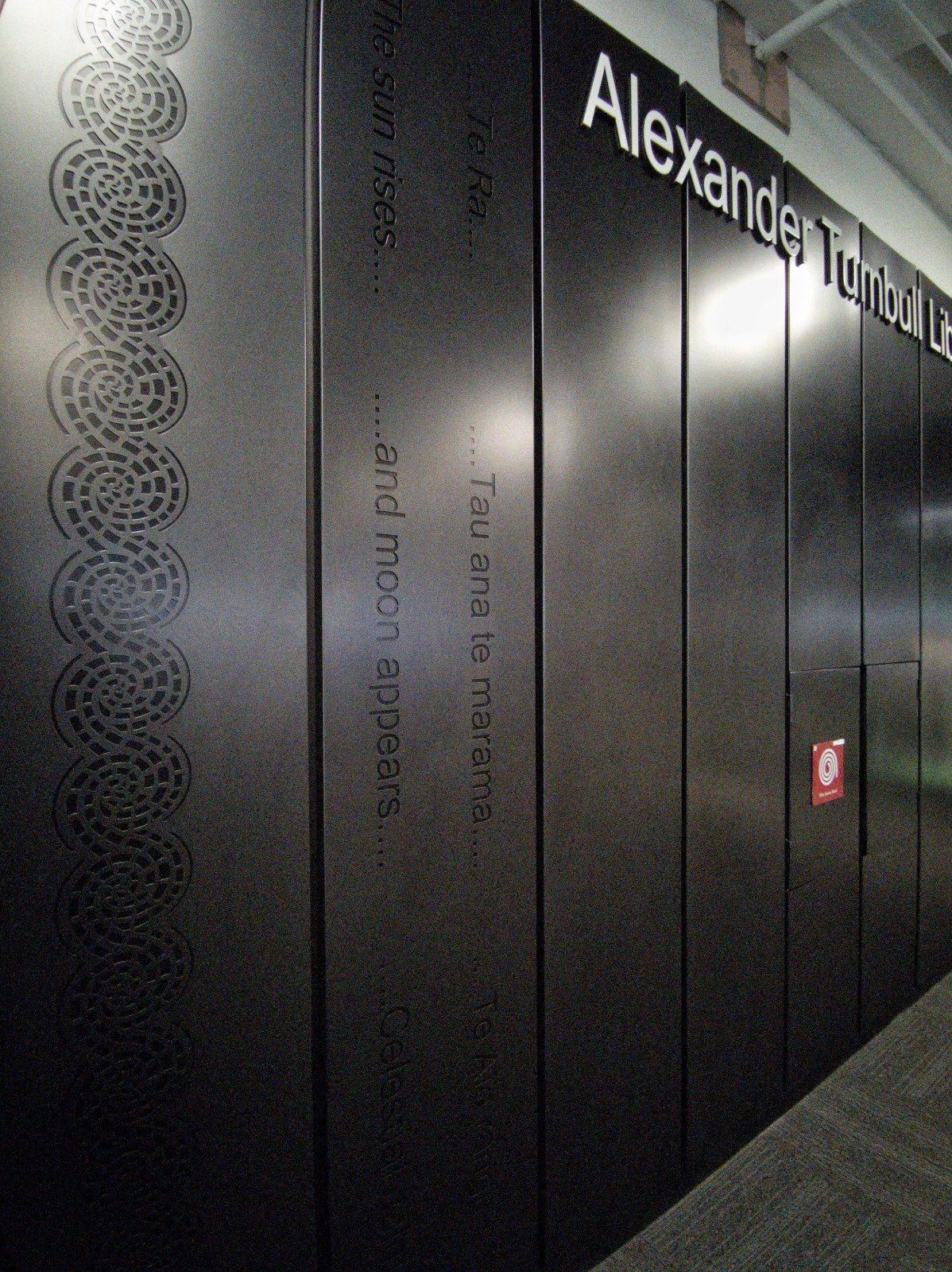Shiny things and ducks
How to create connections
in the visitor experience and beyond
The magic happening - brainstorming with client.
Image credit: Story Inc
Here at Story Inc, many, many hours are spent thinking, talking and doing a lot of arm waving in pursuit of creating cool, meaningful visitor experiences.
The experiences and places we work are varied. But the question we ask ourselves is always the same; what will make all the words, images, video, interactives, and places we are creating “sing” to the visitor? How will all these things we are bringing together encourage the visitor to pause and really connect with the subject matter?
And not only that… to borrow from those spicy icons of the ‘90s, what we “really, really want” is for people to carry what they have seen/learnt/experienced with them as they emerge from the bubble of the initial visitor experience and head back to daily life.
Here’s a look at how we work towards that goal…
Mining an information tsunami
It starts with a treasure hunt.
Once we have established with the client the story we are telling (a topic for another blog), we head into the research phase during which we draw in a tsunami of information. This comes to us from far and wide – for example, from the client, subject matter experts, a hunt through archives, face-to-face interviews, visits to libraries, and of course, our good friend Google.
Finding gems
When that initial wave of information recedes, we look for the shiny shells of content left behind – those things we think will stay with people long after their visit, things that help us both tell a wider story, and make that story relatable, make it current.
Emotional connections
Sometimes, the content left behind creates moments that just rip at your heart - like young Bert Gadd’s letter sent from the trenches during WWI.
Bert’s family kindly let us include this letter and a wealth of other material in the exhibition For Us They Fell. In this young man’s letters and diaries, the visitor hears the voice of a savvy bloke with a wry sense of humour. They also hear him becoming increasingly disillusioned with what he was being asked to do in the name of King and Country. In this particular letter, he tells his sister what he wants to do when he gets home.
“I am going to be a peace advocate after this business, the more I see of the war the more I think what a stupid and unnecessary thing it is. It makes a man think…”
But he never gets that chance.
On 7 March 1918, after a night of fighting during the German Spring Offensive, 21 year old Bert was shot dead.
Private Bert Gadd, described by his commanding officer as a "plucky boy, always doing his job".
Image provided courtesy of David Gadd.
Bert’s words came to the visitor across a century, but what he was telling his sister way back then, his thoughts about fighting, about pacifism, about living in an impossibly terrible situation – these are not things relegated to the Great War.
By including his letter, our hope was that he might kind of “sit beside” a visitor the next time they read an article about young people fighting in today’s conflicts. Or that later, he’d nudge his way into the thoughts of a young visitor doing their ANZAC Day school project, reminding them that people like him were at the heart of this gut-wrenching episode in our history.
Spatial connections
Sometimes, one comment during hours of interviews can change the way we, and we hope, the visitor, sees the actual physical space they are in.
These walls do talk!
Image credit: National Library of New Zealand Te Puna Mātauranga o Aotearoa.
This was the case when interviewing Anna Tiaki, Kūki Airani, National Library senior learning facilitator in our research for the National Library Audio Guide.
Anna commented on the contrasting dark and light colour of the building's interior and words inscribed into the walls. These, she told us as we walked through the building, talked of Te Kore, light coming from darkness and the potential that represents. Potential that can be found in the knowledge and stories held in the library, and in our everyday lives.
“They talk about the Māori creation story, the journey from Te Kore, the darkness where all the potential lies, to the world of light, Te Ao Marama.
If you look up, you can see that story reflected in the black and white colour palette of the building. These words, [and] colours… flow through every floor in this building. ”
Unless you are an architect or designer, it can be easy to miss what design elements of a building itself are conveying. Including this in the audio guide seemed a perfect opportunity to encourage the non-designers among us to take a second look at other spaces we visit in the course of a day, and think about what they might be telling us.
The mighty fun-fact
And finally, sometimes we come across bright shiny gems of information that make everyday things just that bit more special.
Things like ducks.
Mallard male in flight displaying beautiful blue speculum feathers.
Image credit: Shadowmeld Photography.
In a conservation project we are currently working on, our client brought up the subject of speculum feathers – those bright, colourful patches of feathers you see on the humble mallard duck’s wing when in flight.
Some other birds have this feature too. Interestingly, different species have different coloured speculum feathers and one theory suggests that they are used as a communication tool during migrations.
This is fun fact gold…the kind of content that we knew would get visitors to take that extra look at our feathered friends the next time they were at the duck pond! So, we incorporated this information into an interactive game and a Call To Action inviting visitors to try to spot different speculum feathers when they were out and about.
When it all comes together
Whatever we are exploring – the subject of war, physical spaces, or even ducks, these are the kind of gems that allow us to distil larger stories and make connections that go beyond the visitor experience.






